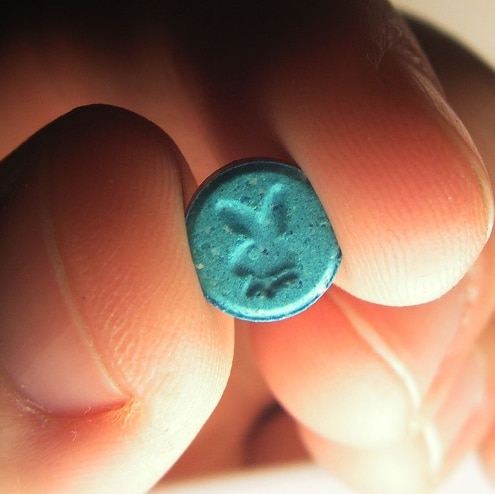As the pulsating beats of music surround you, a wave of euphoria washes over your senses—this is the allure of MDMA pills, often hailed as the key to unlocking heightened emotions and unforgettable experiences. But what lies beneath the surface of ecstasy? In “The Secrets of Ecstasy: The Science and Effects of MDMA Pills,” we delve into the intricate workings of this powerful substance. Discover how MDMA, chemically known as 3,4-methylenedioxymethamphetamine, interacts with the brain to create sensations of warmth, connection, and vast joy. Beyond the energetic dance floors and social gatherings, the science of MDMA reveals both its therapeutic potential and the risks associated with its use. Join us as we unpack the fascinating complexities of MDMA, exploring its effects, mechanisms, and the profound impact it has on our minds and hearts. Whether you’re curious about its uses or drawn to its cultural significance, the journey into the world of ecstasy begins now.
MDMA’s journey from the laboratory to the dance floor is a fascinating tale of scientific curiosity and cultural evolution. Initially synthesized in 1912 by the German pharmaceutical company Merck, MDMA was not immediately recognized for its psychoactive properties. It wasn’t until the 1970s that MDMA began to garner attention in the psychiatric community, thanks to the work of chemist Alexander Shulgin. Shulgin explored MDMA’s potential therapeutic uses, noting its ability to enhance communication and emotional openness during psychotherapy sessions.
During the 1980s, MDMA gained popularity as a recreational drug, particularly within the burgeoning rave and club scenes. Users were drawn to its euphoric and empathogenic effects, which seemed to complement the communal and high-energy atmosphere of dance events. This period marked the transition of MDMA from a therapeutic tool to a widely used substance in social settings. The drug was often sold under the name “Ecstasy,” and its use became synonymous with the vibrant and sometimes hedonistic culture of electronic music festivals.
However, the increased recreational use of MDMA also led to growing concerns about its safety and potential for abuse. By the mid-1980s, MDMA was classified as a Schedule I substance in the United States, indicating a high potential for abuse and no accepted medical use. Despite this legal status, research into MDMA’s therapeutic potential continued, albeit under strict regulatory constraints. This dual identity—as both a party drug and a potential therapeutic agent—has shaped the discourse around MDMA, highlighting the need for balanced and informed perspectives on its use.
Current Regulations and Laws, The legal status of MDMA varies widely across the globe, reflecting differing perspectives on its risks and potential benefits. In the United States, MDMA is classified as a Schedule I controlled substance under the Controlled Substances Act. This classification indicates a high potential for abuse, no accepted medical use, and significant safety concerns. As a result, the production, distribution, and possession of MDMA are illegal, with severe penalties for violations. However, research into MDMA-assisted therapy is permitted under strict regulatory oversight, allowing scientists to explore its therapeutic potential. beretta
In contrast, some countries have adopted more lenient approaches to MDMA regulation. For example, in the Netherlands, MDMA is illegal for recreational use but is tolerated in certain contexts, such as at festivals and clubs, where harm reduction measures are emphasized. Similarly, Switzerland allows limited use of MDMA in clinical trials, recognizing its potential benefits for mental health treatment. These differing legal frameworks reflect a balance between addressing the risks of MDMA and exploring its therapeutic applications.
The evolving legal status of MDMA also highlights the role of advocacy and public opinion in shaping drug policy. Organizations like MAPS have been instrumental in promoting research and raising awareness about the potential benefits of MDMA-assisted therapy. Their efforts have contributed to changes in regulatory attitudes, including the FDA’s designation of MDMA-assisted therapy as a Breakthrough Therapy. As research continues to demonstrate the therapeutic potential of MDMA, it’s possible that legal frameworks will adapt to accommodate its use in clinical settings. megatest 500
